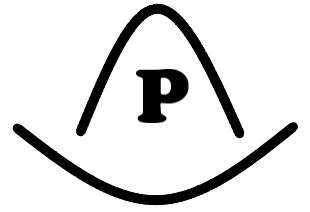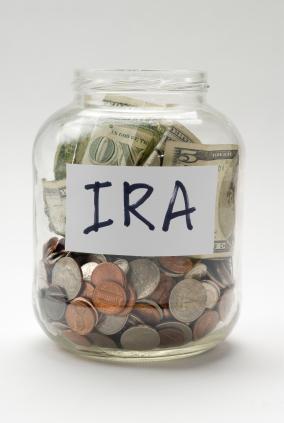401k Contribution Limits for 2023
The contribution limit for 401k plans in 2023 has increased by $2,000 from the previous year. The new contribution limit for employees who are under 50 years old is $22,500. This means that employees can contribute up to $22,500 of their pre-tax income to their 401k plan in 2023.
For employees who are 50 years old or older, there is an additional catch-up contribution limit of $7,500. This means that employees who are 50 or older can contribute up to $30,000 in 2023. This catch-up contribution is designed to help older workers catch up on their retirement savings if they haven’t been able to save as much as they would like in previous years.
It’s important to note that these limits apply to the total contributions that an employee can make to their 401k plan. This includes any contributions made by the employee, as well as any contributions made by the employer on the employee’s behalf.




